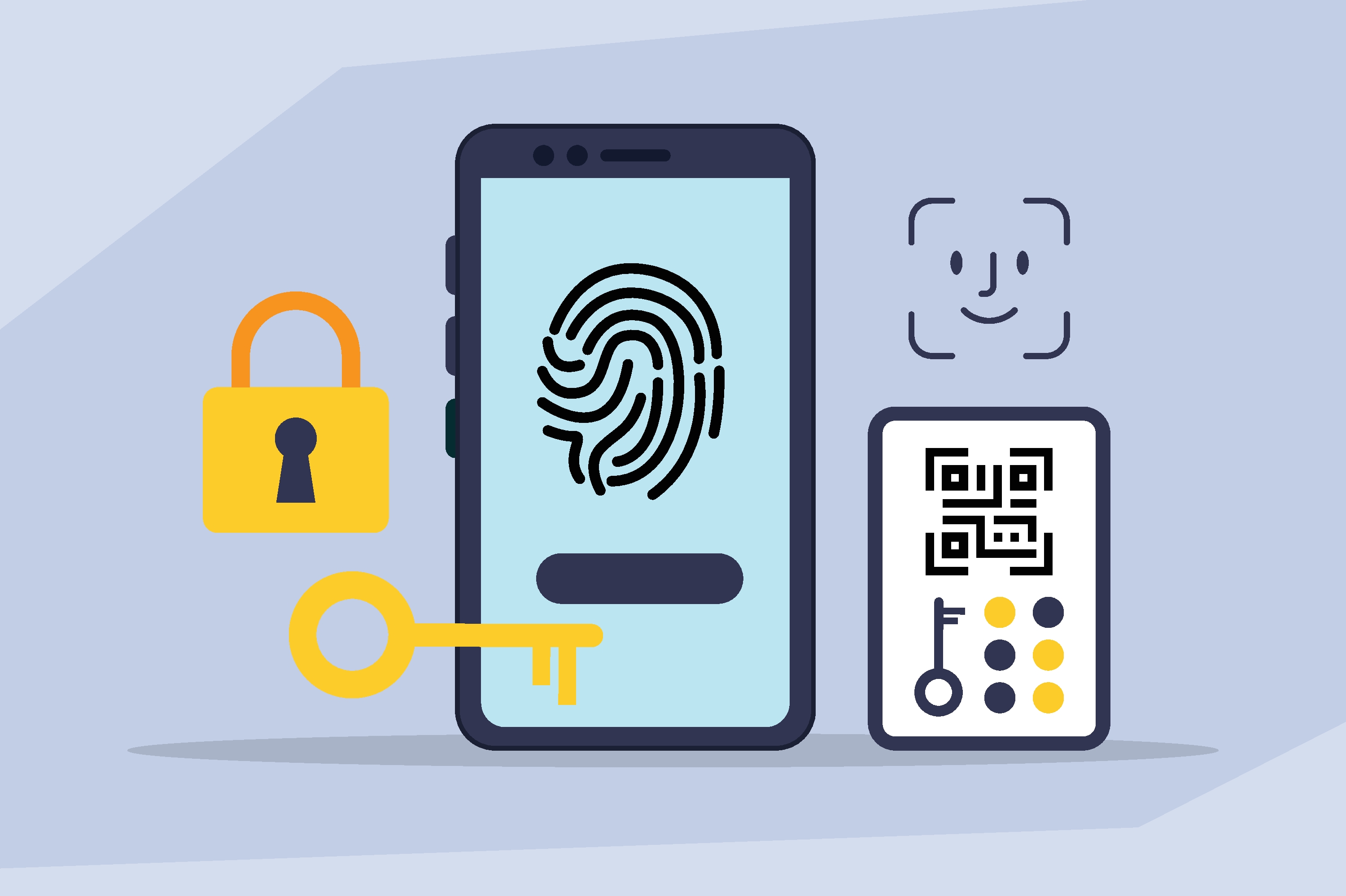Chatbot Deployment Strategy - Exclusive Study of 42 Banks


Banks are now looking towards modern technological innovations in their quest for superior CX, lower costs, and streamlined operations. AI is one such technological marvel that could transform the way financial institutions and banks connect with customers. With the adoption of social media and messaging platforms growing rapidly, FIs and banks have now realized that the crux of their business is built around conversations and not just around transactions. Leading global banks are launching their own chatbots.
The conversational interface of intelligent chatbots has various advantages – reduced time-to-response, reduced call center cost, efficient customer service, process excellence, etc. According to Oracle, chatbots could save $174 billion across insurance, financial services, sales, and customer service. Chatbots can drive efficiency gains across the financial services world.
An intelligent chatbot can be categorized into three brackets – Transactional, Advisory, and Informational. These three brackets can also be seen as the stages of the evolution of a chatbot. From transactions to customer service to recommendations, chatbots in banking services are evolving although the evolution is at a nascent stage. The hara-kiri to launch chatbots seems more like a 'jump-on-the-bandwagon' move – a ploy to stay relevant.
With the growing traction of smart home hubs and voice-enabled devices, select FIs/banks are looking to augment voice banking features in chatbots’. ‘Erica,’ Bank of America’s voice-enabled digital assistant, is a perfect example of a native voice-enabled chatbot hosted on the banks’ online/mobile app channels. Many other banks have integrated voice assistants, such as Siri and Alexa; these banks now offer voice banking services through these voice assistants. The voice assistants' range of capabilities include credit card payments, P2P payments, account balance inquiries, and utility bill payments.
We conducted a deep dive on the chatbot initiatives of 42 banks and FIs and analyzed their deployment channels. While 27 of these 42 banks/FIs deployed a chatbot on their own mobile/online channels, 17 banks/FIs deployed chatbots on Facebook Messenger. It's noteworthy to see that other prominent messaging/social media platforms, like Twitter, Slack, and WhatsApp, were quite behind in adoption as only five large FinTechs/banks/FIs leverage these three channels for chatbot deployment. Examples include PayPal (Slack), Axis Direct (WhatsApp), and TD Bank (Twitter).
To learn about Prove’s identity solutions and how to accelerate revenue while mitigating fraud, schedule a demo today.

Keep reading
 Read the article: Beyond the OTP: Why SMS-Based 2FA Is Failing and What Comes Next
Read the article: Beyond the OTP: Why SMS-Based 2FA Is Failing and What Comes NextExplore the classic conflict between security measures and user friction.
 Read the article: Anatomy of an Account Takeover Attack: Analysis and Response Plan
Read the article: Anatomy of an Account Takeover Attack: Analysis and Response PlanLearn practical strategies for handling identity verification API errors or no-match responses. Explore fallback methods and clear communication tactics to ensure a smooth, user-friendly experience.
 Read the article: Prove Global Fraud Policy℠: A New, Adaptive Standard for Digital Identity
Read the article: Prove Global Fraud Policy℠: A New, Adaptive Standard for Digital IdentityIntroducing the Global Fraud Policy (GFP), Prove’s new unified, adaptive fraud-defense engine that replaces fragmented, custom rules with a single, comprehensive policy that automatically updates as new threats emerge. This forward-looking framework helps businesses anticipate and respond to evolving threats like GenAI deepfakes, synthetic identities, and eSIM bots, protecting customers at scale.












